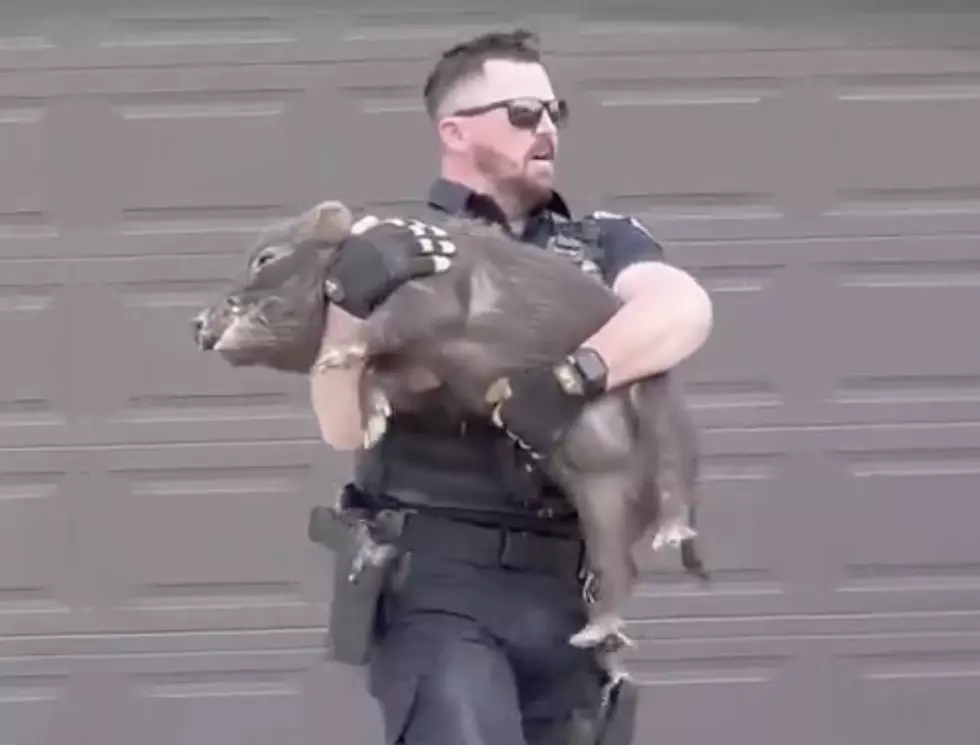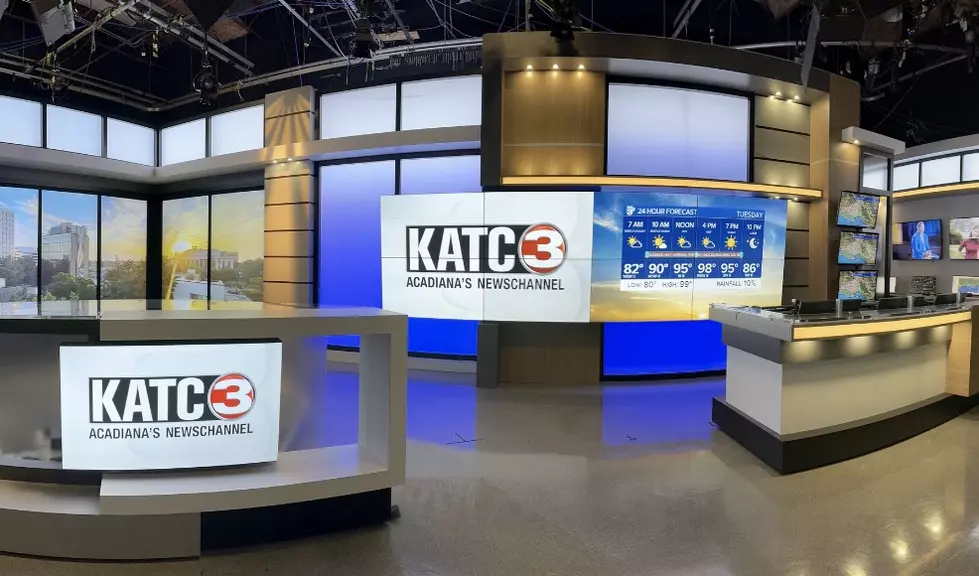Krewe Of RIO Shares How To Put On A Successful Mardi Gras Parade And The Cost [VIDEO]
The Krewe of Carnivale en RIO, with over 650 members, throw one of the biggest, most attended and most celebrated parades in the Acadiana area. The cost of presenting a parade of this size is astronomical.
CJ and Debbie Ray were joined by RIO members Rachael Sudul, Larry Comeaux and Blaine Comeaux for an open forum on how to throw a successful Mardi Gras parade and how much money goes into it.
Many of us show up to a parade with family or friends or both, an adult beverage, something to put beads in and a competitive attitude. It's amazing how creative bead catching can be, yet when we get home with our bounty and the shinny balls on a string usually end up in our attics next to old cans of paint. But still, every year we make our way to the parade route to catch more.
Over the years, one learns what Krewes throw the most, which ones throw the best and we also learn which Krewes don't throw enough to even attend. RIO, in their 11 years of existence, has the reputation of throwing a lot of the best. That's probably one of the reasons hotels are at over 90% capacity the weekend RIO rolls through the streets of Lafayette.
This year, the night of the RIO parade, the weather was perfect. The crowds were not the normally 5 to 10 deep but more like a constant 20 deep. Never before had RIO members experienced such an attendance.
So where does the money come from to put on a parade of this magnitude? How are the beads stored? Where do the floats come from and who pays for them? Do the riders have to pay? Does the money stay in Acadiana? The numbers and statistics are mind boggling.
These questions and more are answered in this video filmed in the KTDY studio early one Thursday morning during Mardi Gras 2016. We call it, "The Making Of A Successful Mardi Gras Parade 101".
The Entire Interview
More From 99.9 KTDY




![Woman Hilariously Requests Larger Vehicle For Her Party [VIDEO]](http://townsquare.media/site/34/files/2022/09/attachment-Screen-Shot-2022-09-22-at-7.07.48-AM.jpg?w=980&q=75)




